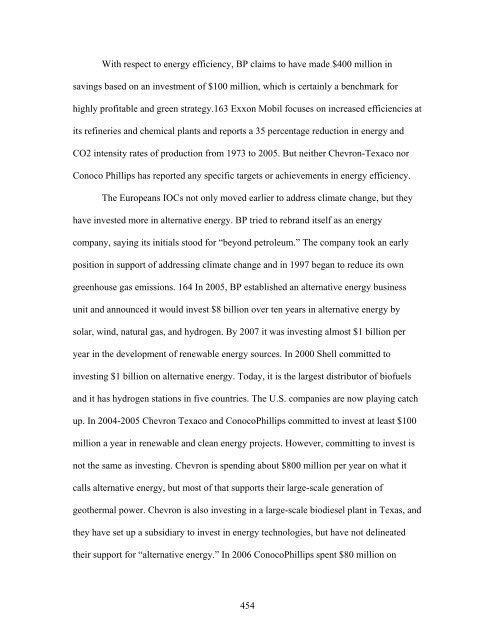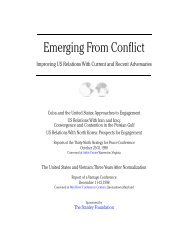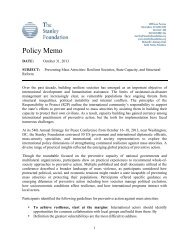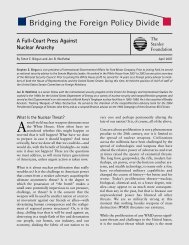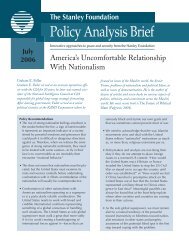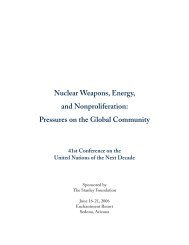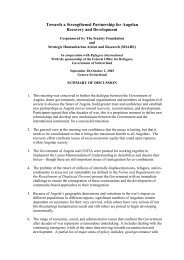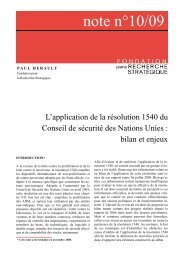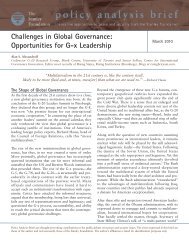444 By Susan Ariel Aaronson and David Deese With a reaction by ...
444 By Susan Ariel Aaronson and David Deese With a reaction by ...
444 By Susan Ariel Aaronson and David Deese With a reaction by ...
- No tags were found...
You also want an ePaper? Increase the reach of your titles
YUMPU automatically turns print PDFs into web optimized ePapers that Google loves.
<strong>With</strong> respect to energy efficiency, BP claims to have made $400 million insavings based on an investment of $100 million, which is certainly a benchmark forhighly profitable <strong>and</strong> green strategy.163 Exxon Mobil focuses on increased efficiencies atits refineries <strong>and</strong> chemical plants <strong>and</strong> reports a 35 percentage reduction in energy <strong>and</strong>CO2 intensity rates of production from 1973 to 2005. But neither Chevron-Texaco norConoco Phillips has reported any specific targets or achievements in energy efficiency.The Europeans IOCs not only moved earlier to address climate change, but theyhave invested more in alternative energy. BP tried to rebr<strong>and</strong> itself as an energycompany, saying its initials stood for “beyond petroleum.” The company took an earlyposition in support of addressing climate change <strong>and</strong> in 1997 began to reduce its owngreenhouse gas emissions. 164 In 2005, BP established an alternative energy businessunit <strong>and</strong> announced it would invest $8 billion over ten years in alternative energy <strong>by</strong>solar, wind, natural gas, <strong>and</strong> hydrogen. <strong>By</strong> 2007 it was investing almost $1 billion peryear in the development of renewable energy sources. In 2000 Shell committed toinvesting $1 billion on alternative energy. Today, it is the largest distributor of biofuels<strong>and</strong> it has hydrogen stations in five countries. The U.S. companies are now playing catchup. In 2004-2005 Chevron Texaco <strong>and</strong> ConocoPhillips committed to invest at least $100million a year in renewable <strong>and</strong> clean energy projects. However, committing to invest isnot the same as investing. Chevron is spending about $800 million per year on what itcalls alternative energy, but most of that supports their large-scale generation ofgeothermal power. Chevron is also investing in a large-scale biodiesel plant in Texas, <strong>and</strong>they have set up a subsidiary to invest in energy technologies, but have not delineatedtheir support for “alternative energy.” In 2006 ConocoPhillips spent $80 million on454


